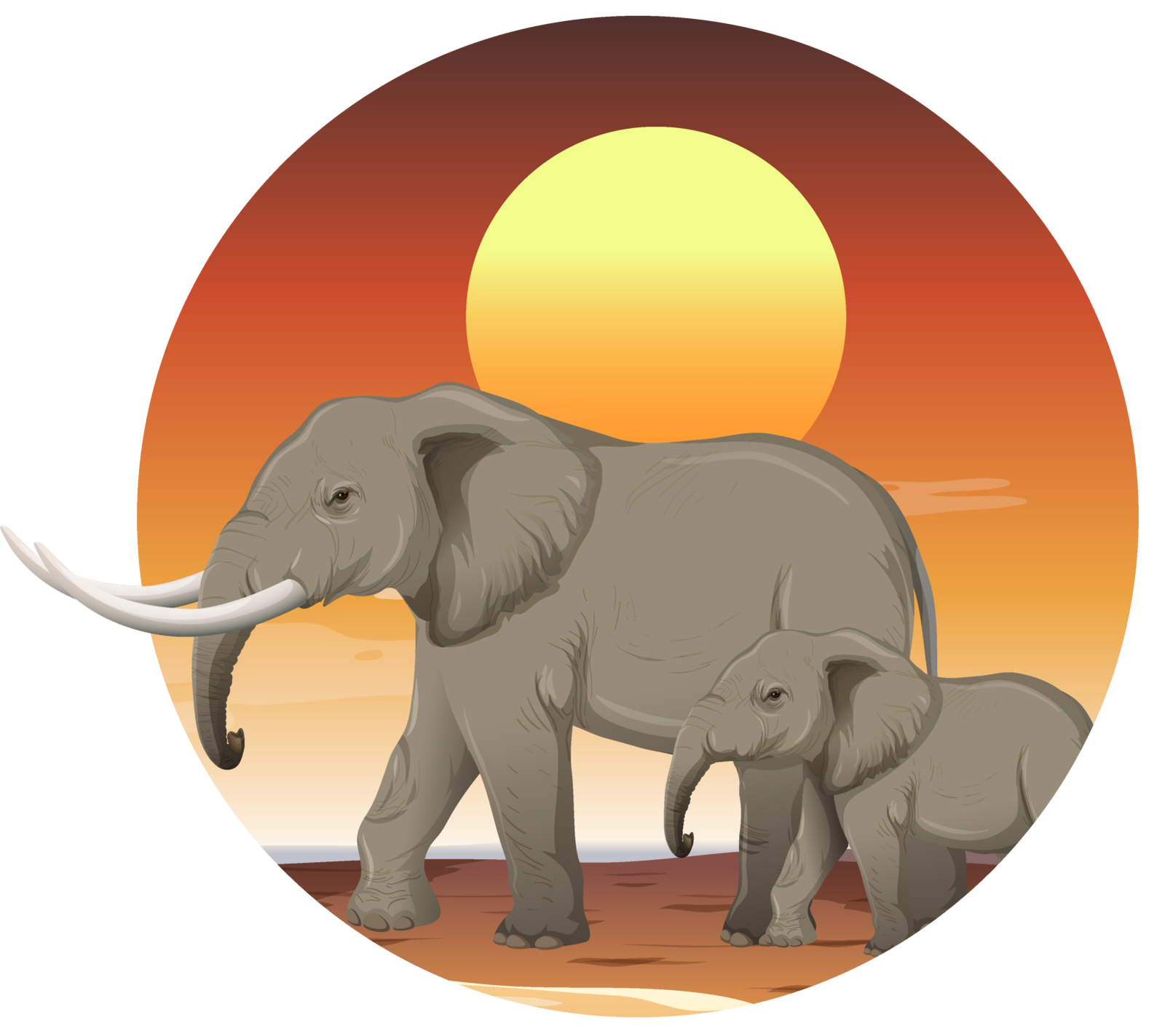Mount Kilimanjaro | Kilimanjaro Climb, Hike -Kilimanjaro Trekking
Mount Kilimanjaro national park is located in Tanzania near Moshi town, south of the Kenyan border running across an area of 1688 square kilometers with magnificent natural phenomena and unmatched natural beauty.
The significant meaning of the word “Kilimanjaro” is described in different theories. It’s claimed that Kilimanjaro has been understood as a mountain (kilima) of greatness (njaro). It was also suggested that it could possibly mean ‘The white mountain’ from a Kichagga word ‘njaro’ to mean whiteness.

Mount Kilimanjaro national park is a United Nations Educational, Scientific and Cultural Organization (UNESCO) world heritage site that inhabits the tallest mountain in Africa which is also the highest free standing mountain in the world. The mountain possesses three cones: Kibo being the highest, dormant and could erupt again. Mawenzi and Shira are extinct.
In 1921, Mount Kilimanjaro and the adjacent forests were designated as a forest reserve but later in 1973 it was renamed and established as a national park.
Mount Kilimanjaro National Park is well known for its exceptional mountain climbing experiences. So many tourists from all over the world travel to Tanzania to hike the summit of the tallest free standing mountain. Different routes/trails provide a possibility for tourists to conquer this hike to the summit.
Western routes: Lemosho, Shira and Northern Circuit
The Lemosho route is considered one of the best since it has registered high victories to the peak.
Northern route: Rongai
Southern route: Marangu, Machame, and Umbwe
The Marangu route is the oldest route to use while hiking. It is also convenient since it has sleeping huts and dormitories for hikers.
The Machame route is the longest route but it is also considered a better alternative by hikers.
The Umbwe route and Rongai route are considered among the hardest routes
The areas around the mountain experience both Dry and Wet seasons. It is risky during the wet season because of the slippery trails and mud. The best time to visit and hike Mount Kilimanjaro is during the dry season in the months of December to March and June through September and October. The clear sky bestows a beautiful view.
Having the right clothing is necessary in preparation to hike Mount Kilimanjaro due the weather changes. Waterproof jackets and trousers, down jacket/thick fleece, good quality trekking trousers preferably made of quick dry material, insulated gloves and mitts, walking boots, scarf, sunglasses for eye protection.
Attractions found in Mount Kilimanjaro
The Kilimanjaro peaks (Shira, Kibo and Mawenzi), Lake Chara, Gilman’s man point Mount Kilimanjaro, Zebra rock also found on mount Kilimanjaro
The park has a diversity of flora and fauna. Tourists on a safari will view mammals including elephants, giraffes, cape buffalo, honey badgers. Other animals that occupy the park include; leopards, zebras, hyenas, grey duikers, blue monkeys, colobus monkey, Jackson’s chameleon, Tree hyrax, bushbuck
Excluding the hiking experience, there are several other activities this great destination has to offer and this can be clearly seen when you visit.
Kilimanjaro national park is a significant spot for bird watching. Common sited birds include; White Necked Ravens, Violent Crested Turaco, Rose Turaco, Silvery Cheeked Hornbill, Trumpeter Hornbill, Emerald Cuckoo, Hartlaub’s Turaco, Klaas Cuckoo and Lark heeled Cuckoo. Birding can be enjoyed while hiking.
A cultural safari to Kilimanjaro provides a chance to learn more about the ways of life of the local Bantu speaking Chagga people who live at the slopes of the mountain. The Chagga people practice agriculture and grow crops like yams, beans, maize, Arabica coffee and Bananas being their staple food. They are also famously known for their traditional brew “mbege” made from millet and bananas, their favourite food “machari” prepared with meat and banana, “kiburu” (banana and beans).
Kilimanjaro National Park has amazing sites for picnics along the hiking routes. Tourists get to enjoy an eye catching view of the park as they feast on their packed meals. These sites include; Machame halfway, Uwanja wa ndege, Mgongo wa Tembo, Lauwo, Wona last water, Jiwe la Mbula, Morum, Kisambioni, Baranco junction.
Guided nature walks that showcase some of the historical sites in the towns of Mamba and Marangu. Also a visit to the blacksmiths and witnessing the process of making tools like spears.
Accommodation in Kilimanjaro National Park ranges from budget facilities to luxury facilities.
Budget facilities include; Rafiki Backpackers, Kilimanjaro Safaris lodge, Kilimanjaro Backpackers
Luxury facilities include; Kaliwa lodge, Kilimanjaro Safari camp, River trees country Inn
How to get to Kilimanjaro National Park?
To get to Kilimanjaro National Park, a tourist needs to fly to Kilimanjaro International Airport (KIA). The tourist can then access the park by road from Arusha or Moshi to reach any of the park gates (Umbwe, Mweka, Marangu, Machame, Londorosi and Rongai). The drive from the airport is about 45minutes long.
